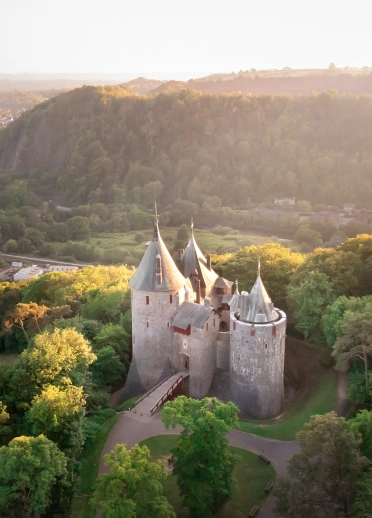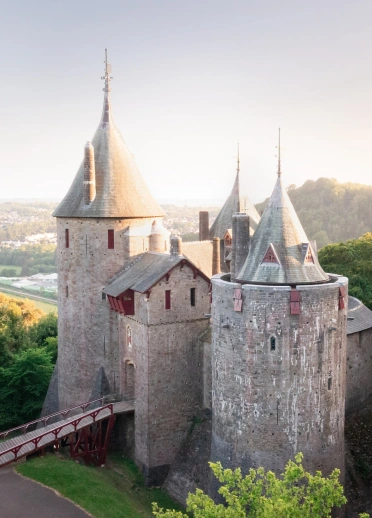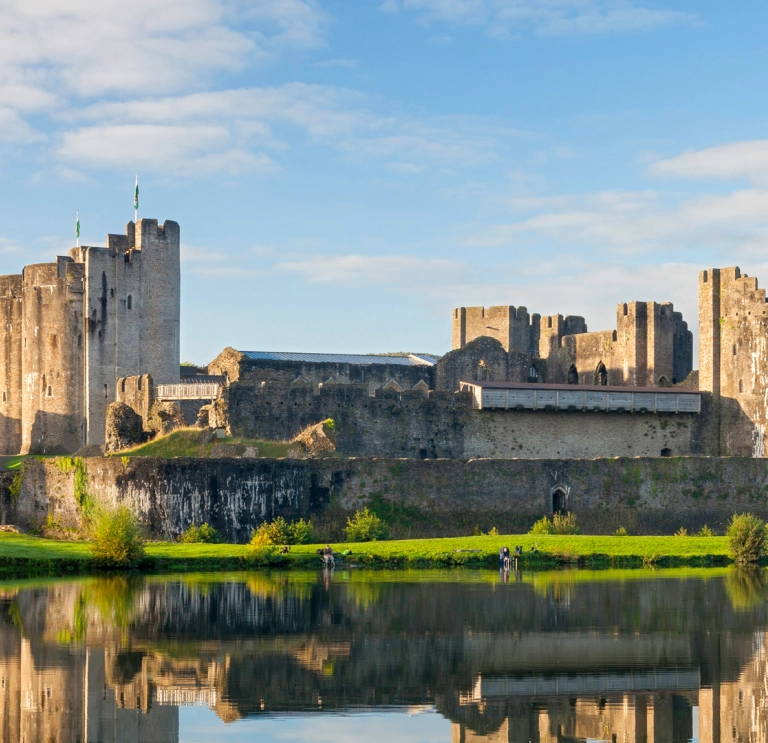From over 600 castles ever recorded, more than 400 castles in Wales are still standing or in ruins, so wherever you go on holiday in Wales you won't be too far from a historic site. But where to start?
If you don’t have time to visit every single one, this selection of ten to visit are a good option to start you off.
The UNESCO-listed Beaumaris, Conwy, Caernarfon, and Harlech castles are among the most significant and breathtaking in Wales. If you only have limited time for your visit to North Wales, this trail of four majestic castles can be explored in one unforgettable, castle-packed weekend.
If you're looking for a 'package deal', how about a castle with on-site accommodation? Live like royalty with one of these castles you can stay in!
What is the oldest castle in Wales?
The outstanding Castell Cas-gwent (Chepstow Castle) boasts many claims to fame including being Britain’s oldest surviving post-Roman stone castle. Building work began in 1067 by Earl William fitz Osbern, close friend of William the Conqueror, making it one of the first Norman strongholds in Wales. The castle’s Great Tower, modelled upon that of Falaise in Normandy, is the earliest datable secular (non-religious) stone building in Britain, and the structure’s doors are the oldest castle doors in Europe (now on display in the structure’s interior).
Historical significance aside, the castle itself is a wow-worthy structure. Extending along a narrow clifftop ridge, it watches over a long-established crossing of the River Wye, the border between Wales and England.
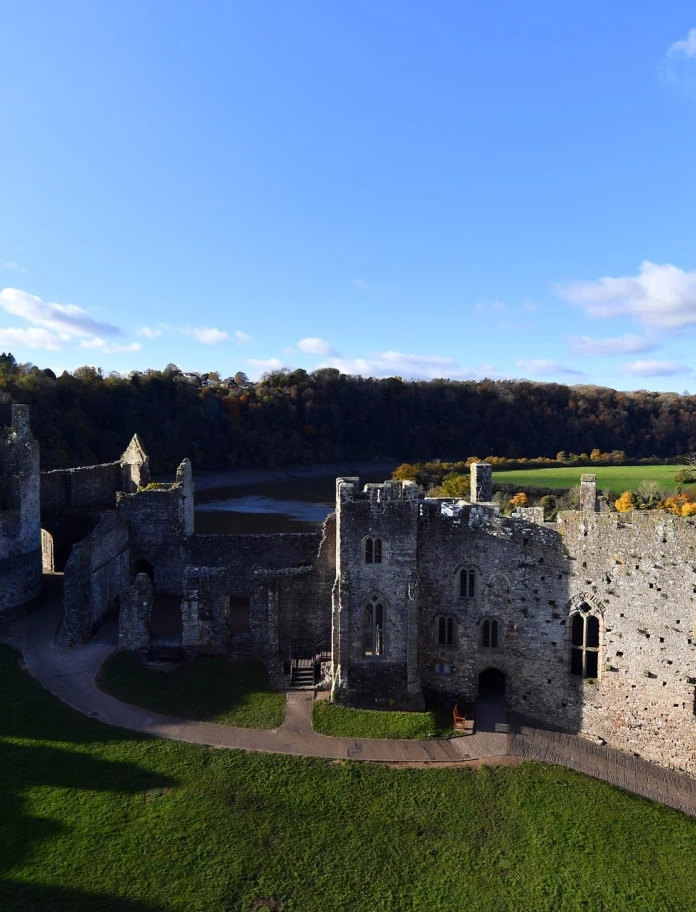
What is the biggest castle in Wales?
Castell Caerffili (Caerphilly Castle) in South Wales is the largest castle in Wales, and the second largest in Britain after Windsor Castle. The magnificent fortress covers 30 acres and boasts massive walls, towers, and gatehouses. It is three times the size of Principality Stadium, in the capital Cardiff, and a must-see for anyone visiting the area.
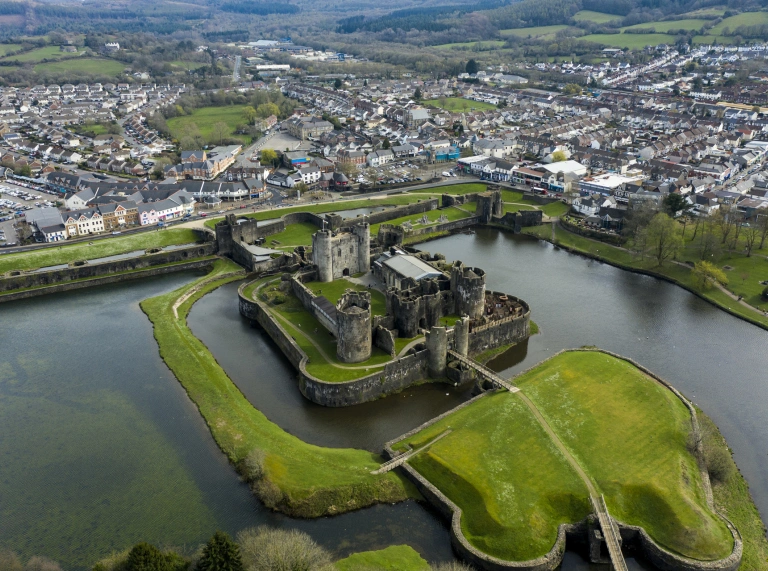

What is the smallest castle in Wales?
It is believed that Castell Weble (Weobley Castle) is one of the smallest castles in Wales. It has views of the beautiful Gower peninsula. This former elegant family home with a watchtower. Built by the wealthy de la Bere family, stewards to the lords of Gower 700 years ago, It suffered serious damage during the uprising of Owain Glyndwr in the early 15th century.
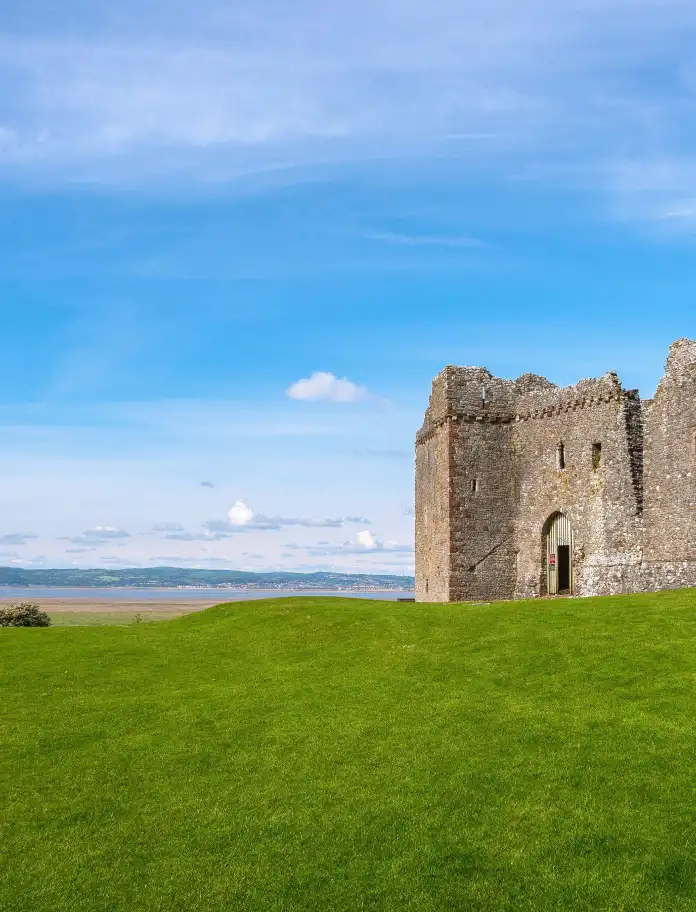
What is the most unusual castle in Wales?
Every castle in Wales has its own special characteristics. Many have fascinating histories of ghosts, television dramas, and miraculous survival stories, so we couldn't possibly choose a single one! While Wales' famous castles are undoubtedly impressive, it's the lesser-known ones that offer the most unique charm and so make for some of the most unusual castles to visit.
